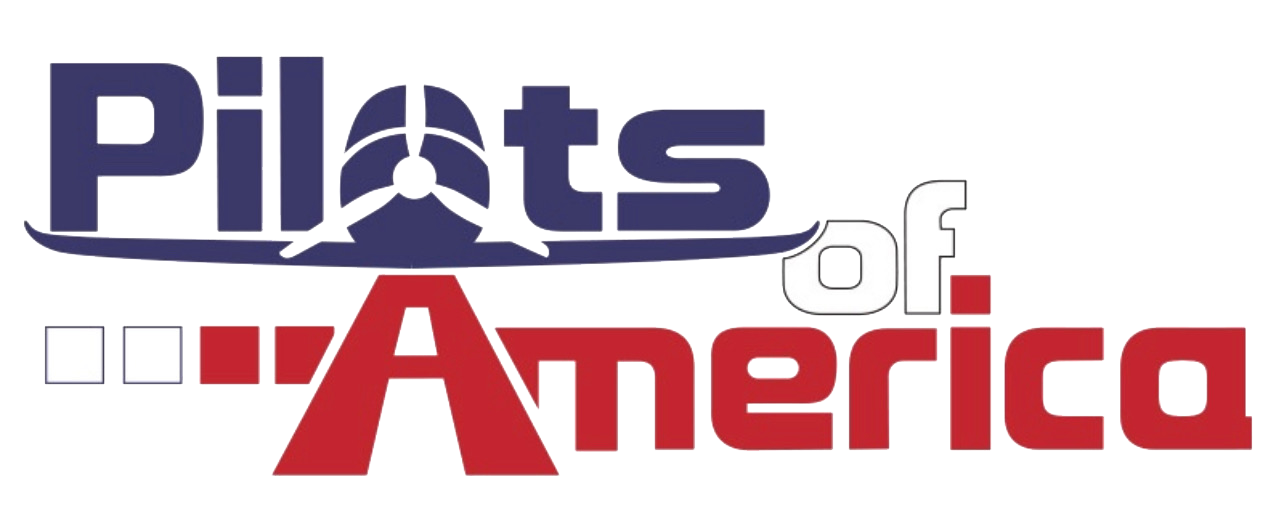The only way to know an accurate fuel burn is to run a tank dry.
Scenario: You always leave a half an hour of fuel in your fuel tank and don't dry tank. But how do you know there's a half hour of fuel in your tank? Maybe the primer line stuck open, maybe the fuel flow sender isn't accurate. So, you launch on your cross country flight in my plane. You have 4 tanks. Two wing tanks, and two tip tanks. So your plan is to land with 2 hours of fuel (out of possible 7 hours of fuel). You burn off the tip tanks, and leave what you believe to be a half hour of fuel left in each one. You burn off the left main, and leave what you believe to be a half hour of fuel left in the tank. But what you didn't know is that your draining more fuel from the tanks than you expected, and you made the switch, not with 30 minutes of fuel left in the tank, but 30 seconds of fuel left in the tank, and you happened to switch over just before it was going to run out. But you "know" there's 30 minutes left in each of the three tanks.
So you're flying along on the right main, and you have planned that you will be landing with just short of 30 minutes of fuel in the right main tank. Perfect, you still have 90 minutes of fuel in the other tanks. So you're on a long straight in and about 10 miles out. No problem, you planned have at least 25 minutes in the last tank, and another 90 in the other three. Suddenly, the engine quits 6 minutes short of the field. You freak out because you have never dry tanked. You start to lose altitude, and finally switch to the left tank. Engine comes back to life, and then quits only a few seconds later. You switch to the left tip tank. Again the engine comes back to life, and then quits shortly thereafter. Last tank, same thing. You can see the runway, but it's slowly disappearing behind the trees.
NTSB report: No post impact fire. No fuel found in any of the tanks.
Now, had you run any one of those tanks dry, you would have known that the fuel burn was higher than what you had planned for, and your almost 2 hours of fuel reserve was in fact 2 minutes. You could have stopped 16 airports back, and you would have been able to see your family waiting for you at your destination rather than them seeing you disappear into the trees 3 miles short of the runway.
So how exactly is your way safer?

